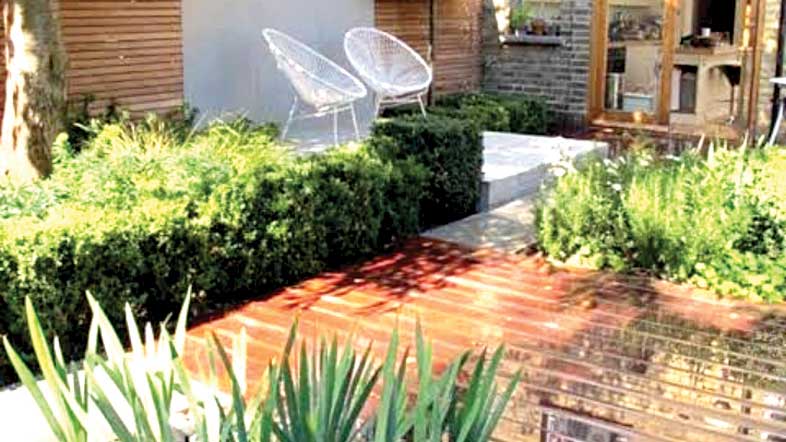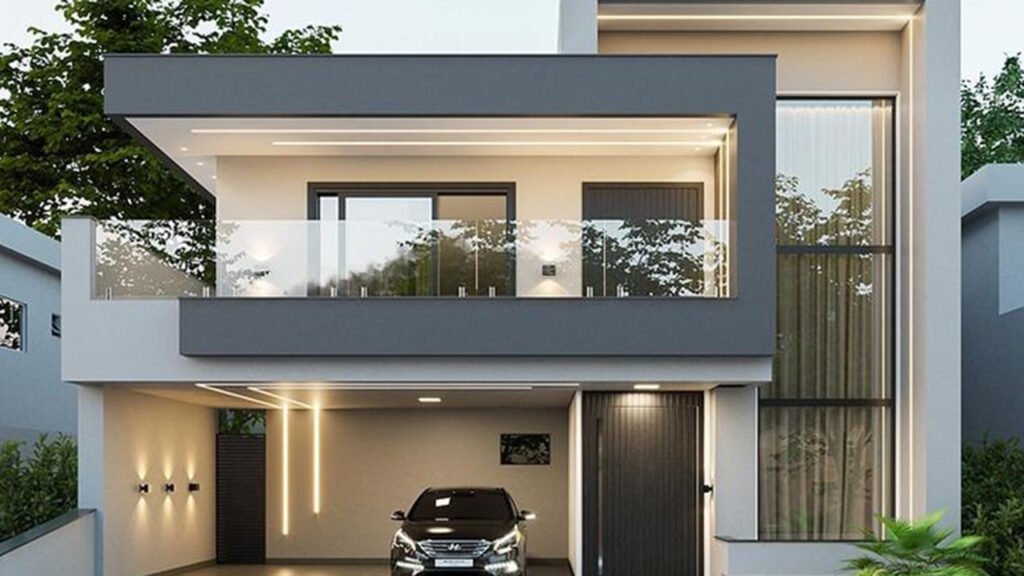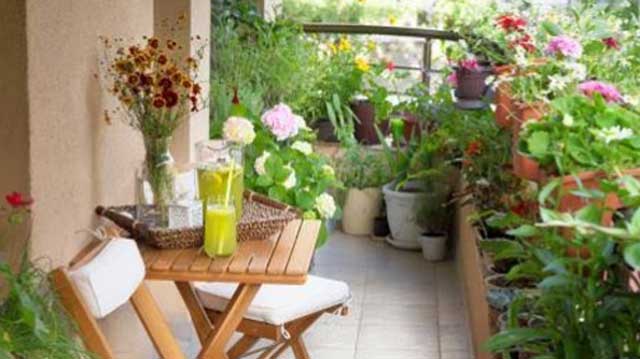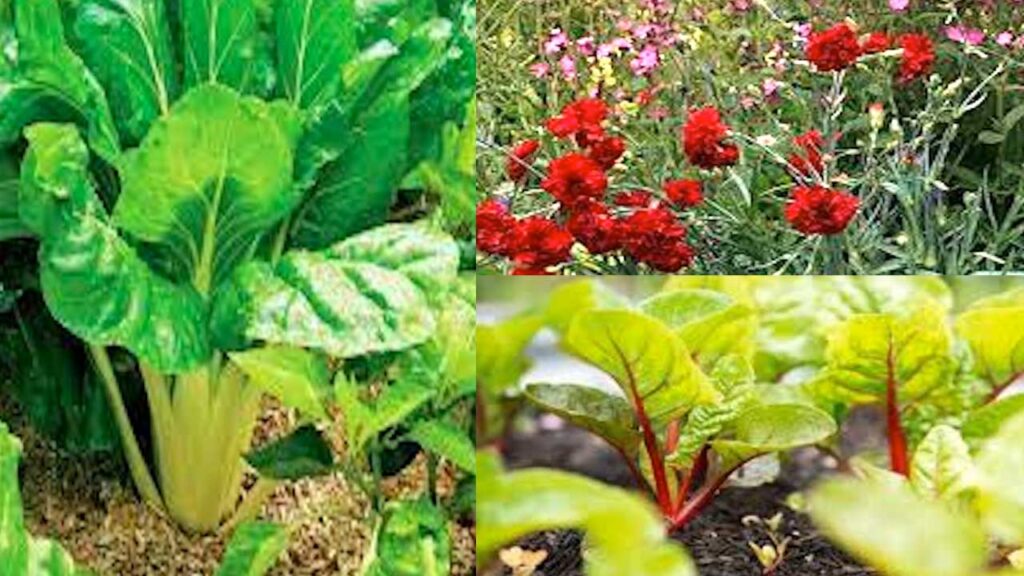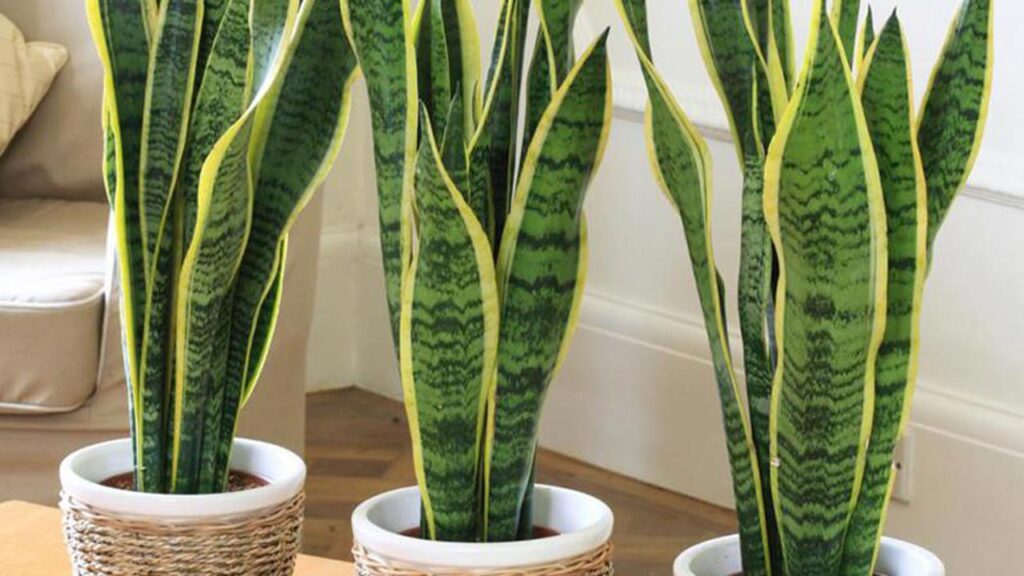
Survey
Assess your plot and understand your garden’s character, then you will be on your way to becoming a blossoming gardener. The first thing to determine is what will grow on the spot available for your garden. The three chief factors determining what will grow on a particular spot are: sunlight, soil type and moisture.
In addition, temperature and wind, also determine the character of your garden. Having done your plot’s soil analysis, you now know the type of soil/soils amendment to be carried out with compost and fertiliser for nutrient the soil lacks. This set of conditions working together determines the character of your garden and what you can grow successfully in it. You‘ve figured out your garden character, make a record of it, before you start digging.
Draw a sketch plan showing all its characteristics, such as light conditions, soil type among others. You will use it all the time as a source of reference on what plants are suitable to use and in taking design decisions. While waiting for the soil to settle with the amendment and nutrient dressings, research the proper outdoor plants for your area before planting to ensure their long lasting beauty. Create to garden with native plants to support and invite wildlife. It is better to choose plants suitable to your garden conditions for optimum growth success. While some measure can be taken to make your garden a hospitable place for particular plants, your experience will be more rewarding if you learn to work with nature. Now you can create your garden based on make out the garden planting plan, garden design and garden style.
Planting plan
A planting plan gives specific instructions, often for a contractor about how the soil is prepared, what species are to be planted, what size and spacing to use and what maintenance operations are to be carried out under the contract. Owners of private garden may also use planting plans not for contractual purposes, but as an aid to thinking about a design and as a record of what treatment employed and what has been planted. A planting strategy is a long-term strategy for the design establishment and management of different types of vegetation in a landscape or garden. Planting can be directly established by a landscape contractor (also known as a landscape gardener). Landscape contractors work to drawing and specifications prepared by garden designer or landscape architects
Planting designs
Planting design require design talent and aesthetic judgment combined with a good level of horticulture, ecological and cultural knowledge. Designing a garden often goes beyond which plants you want to grow and the type of function you want your garden to fulfill. Thematic elements can also influence the look of a garden. It includes the two major traditions: formal asymmetrical (Asia), formal naturalistic planting design. In Asia the asymmetrical traditions of planting design in Chinese gardens and Japanese garden originated in the Jin Dynasty (265-420AD) of China. The gardens’ planting has a controlled but naturalistic aesthetic. In Europe the arrangement of plants in informal group developed as part of the English landscape garden style, and was strongly influenced by the picturesque art movement. Thematic elements can also influence the style of a garden.
Garden styles
Garden styles generally are either formal or informal. Gardens tend to use geometric shapes for their layout, circles, rectangle, or square straight lines. Plant spacing, colour, and layout are very precise.
Popular styles
Formal garden
Keep formal gardens simple. The plan should aim for balance and symmetry for an air of calm elegance. Use strong well-defined lines and boundaries, such as groomed hedges, walkways, perhaps, even a reflecting pool. Employ single colour planting, aiming to match or complement your house colour, fence or another element. Add stylish pots, urns, gazing balls, or statuary. Keep everything in moderation so it doesn’t look cluttered.
Asian (Japanese) Garden
What makes this style of garden is the design philosophy than plant used. Space, a sense of proportion and balance are the hallmark of a Japanese garden. As one writer puts it, “nature is the ideal that you must strive for.” Japanese gardens are beautiful and peaceful places that strive to represent perfect harmony in nature, they are designed based on three basic principles; reduced scale, symbolisation and borrowed view. This style of garden derives beauty from a blending of different element, including sand, rocks, water, plant and ornaments such as lanterns, bamboo fencing, water basins, or even a small ‘tea house’. Of course, there are more than one kind of Japanese or Asian garden. Rock gardens have strategically placed rocks and sand raked into intricate designs, while strolling gardens require visitors to walk along a path, visiting certain spot that prompts them to look at specific element. Tea and pond gardens are also typical styles. Choose fine textured traditional plants in pots or in the ground. Try bamboo, dwarf conifers, Japanese maple, iris, azalea and flowering fruit trees.
Tropical style
Tropical garden emphasises lots of big bold dramatic leafy foliage plants, such as coleus, hibiscus, taro, banana, pawpaw, shrubs, trees, ferns, orchids, tillandsia, bromeliad. In the ground or in large containers, use bright flowers in hot colours like yellow, red, orange, and bi-colours. Then include water feature such as a pool, fountain, or stream. You can add drama with extras; bird house or cages, colourful pots, gazing balls, and playful or handcrafted décor and statuary.
Cottage gardens
Cottage garden should be overflowing with blooms, so plant these informal gardens with generous hands. A cottage garden design showcases full planting of old fashioned favorite feminine flower, include lots of roses and other fragrant plants (including herbs). Keep the plants well-tended (remove spent flowers and stems) but allow them to express their natural exuberance and some charming touches-whimsical bird house, or wind chimes.
Arid Gardens
If your area is on the parched side or you just love sandy desert filled with architectural cacti and succulents, you may want to opt for a dry climate and water-wise garden. Employ a naturalistic layout, perhaps, with a dry stream bed or stone pathways, rock features, and choose plants that thrive in the hot sun, including but not limited to cacti and succulents. Then strategically place accents of colorful or more water needy plants in pots in groups.
Bog Gardens
Soil moisture is obviously tied to the climate of the area where you live, but even in a small yard there can be wide variations. If your garden is at the bottom of a hill, marshy or riverside area, the soil may remain wet for long periods of time. In this situation you can try creating a raised bed, but it is always best to work with nature.

